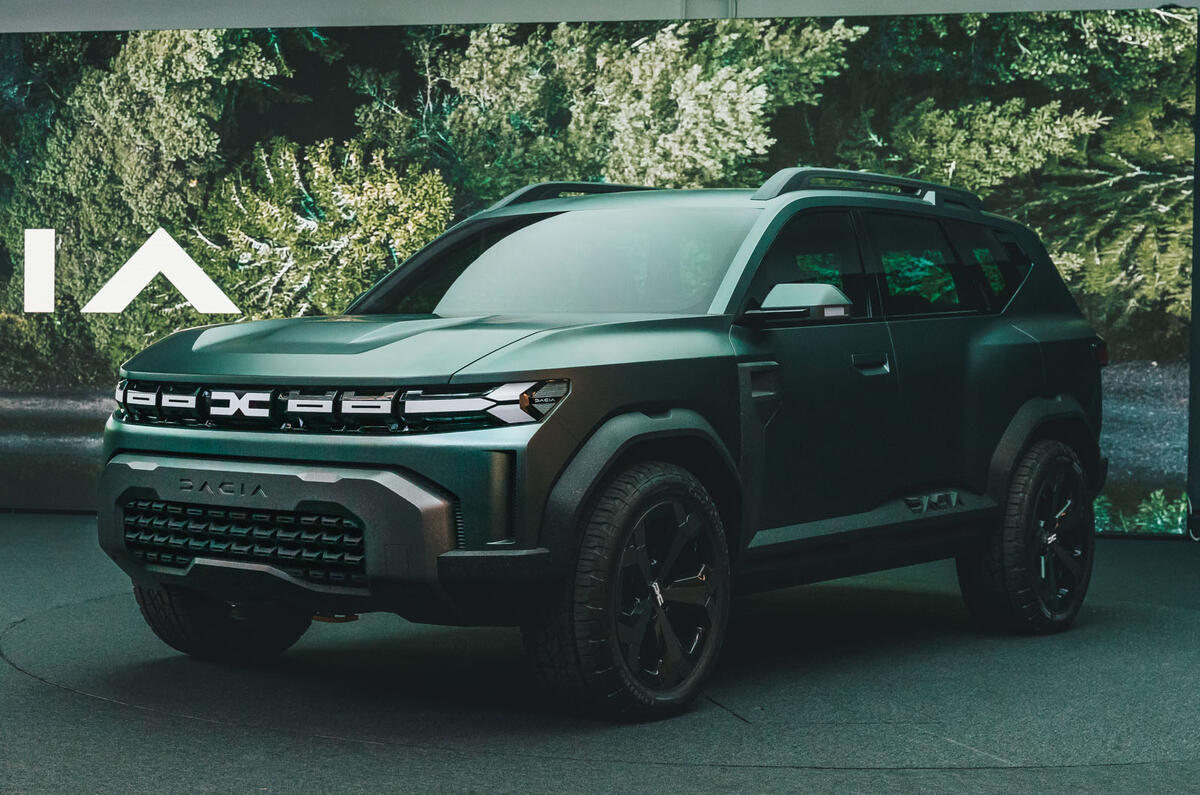The current-generation Dacia Sandero was launched in December 2020 as Britain’s cheapest car – priced from a whisker under £8000. Today, less than three years later, the most affordable version of the Renault Group brand’s hatchback costs £13,795.
That cars are getting ever more expensive is no secret: inflationary pressures, the increasing cost of legislative compliance, logistical headaches and supply constrictions are together conspiring to hike up the list price of cars from all brands and in all segments. But the impact on Dacia is arguably most tangible given its historic billing as the purveyor of the cheapest cars on the market.




Add your comment